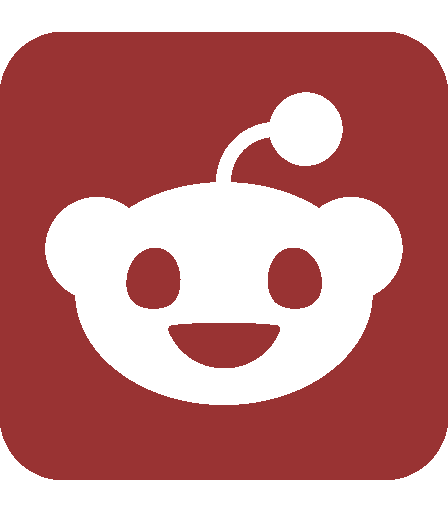Tang Tan discusses his path from MIT to Apple and OpenAI executive
Tan played an instrumental role in pioneering projects from the iPhone to OpenAI’s unreleased hardware product.
If you use any Apple product, Tang Tan SM ’99 most likely led the development of a critical component.
On Thursday, Oct. 16, Tan shared his reflections on his journey from MIT graduate to Apple executive to OpenAI Chief Hardware Officer as part of the Distinguished Speaker series hosted by the School of Engineering's TLC Programs (Technical Leadership and Communications). Tan, a MIT Course 2 (Mechanical Engineering) graduate, led the development of Apple products including the iPod, iPhone and the Apple Watch before founding the startup io, which was acquired by OpenAI in July. He was joined by facilitator Tony Hu ’87, the Director of GradEL (Daniel J. Riccio Graduate Engineering Leadership Program).
Originally from Malaysia, Tan took an indirect path to Apple. He completed his undergraduate studies at Imperial College London, where he initially considered working in a shipyard, and then came to MIT for his Master’s degree, seeking to learn from some of the best engineering experts in the world. Although his MIT education mostly revolved around industry automation, he ultimately decided to pivot once more to pursue semiconductors, and joined Apple.
“Don’t over plan your life. Be open to the wonders and opportunities that present themselves,” Tan said.
Even during his initial interview, Tan expressed his ambition to become a project leader. Two years after joining Apple, he was appointed to direct a project by executive Dan Riccio. After achieving initial success, Tan was delegated to navigate high-impact crises across the company. Tan credited much of his early growth to the guidance of his mentors.
“I was brash enough when I interviewed with them to say, hey, I know I’m a fresh grad, but I can be a leader in your organization — give me a shot at it, right?” Tan said. “And so [Dan Riccio] took a chance on me, this weird sounding Malaysian kid who had no experience.”
Although Tan sometimes felt like he was in a sink-or-swim situation, his experience allowed him to own challenging projects and build a wide network across Apple. He viewed these early experiences of mentorship, end-to-end-ownership, crisis navigation, and leadership without influence as formative to his technical leadership.
“I was this young kid who got thrown into all these projects during firefighting: you come in there and you don’t own the project, but you have to go fix the issue.” Tan said. “And you have to learn to communicate, learn to persuade and align with people who are probably like many layers above you — many pay grades above you.”
As Tan progressed in his career, he took on more ambitious ventures. In the early 2000s, Tan and his colleagues discovered that a new Toshiba hard drive could store from 50 to 100 times more songs than other existing market products. Although nobody knew exactly what a next-generation music player would look like, Tan and a preliminary group of designers ideated and crafted the first iPod, contributing to Apple’s entry into the consumer electronics industry. He attributed his team’s success to mutual respect, bias for action, and risk-taking. These same qualities defined the effective teams he led in designing the iPhone and other Apple products.
“We [created] the iPod, then this same team worked together on the first iPhone, and a lot of these people joined me in this new enterprise that I’m working on right now,” Tan said.
In 2022, Tan left Apple to found a startup called io. Originally managing hundreds of people in a large, structured company, Tan suddenly had no direct reports in a team of four. He grew in unfamiliar areas, including legal logistics and effective communication in a flat management structure. More importantly, Tan elevated his abilities by operating across many domains of expertise and under resource constraints.
“I think small companies are very good for people who are curious and have interdisciplinary skills.” Tan said. “And for me, that’s appealing because I want to continue to learn and grow.”
Looking ahead, Tan believes that humanist skills such as critical thinking, user-centered design, networking, and communication will be paramount as AI tools scale. Some of the designers he worked with at Apple possessed a unique creativity in redefining hardware paradigms (such as the face ID feature) that AI cannot replicate. Furthermore, Tan believes that teamwork and mentorship, which are innately human, were incredibly valuable parts of his career and engineering success.
“As you continue to use AI in your workspace, be mindful that you are, first and foremost, a human,” Tan said.
For the audience, Tan had four pieces of advice mirroring his own journey. He urged students to follow their heart, be open to exploration, take calculated risks, and leverage their networks.
Tan concluded his talk by expressing his desire to transform the way people interact with AI systems at OpenAI.
“The challenge that we have is, how do the models intersect with the hardware?” said Tan. “That keeps me up at night.”




